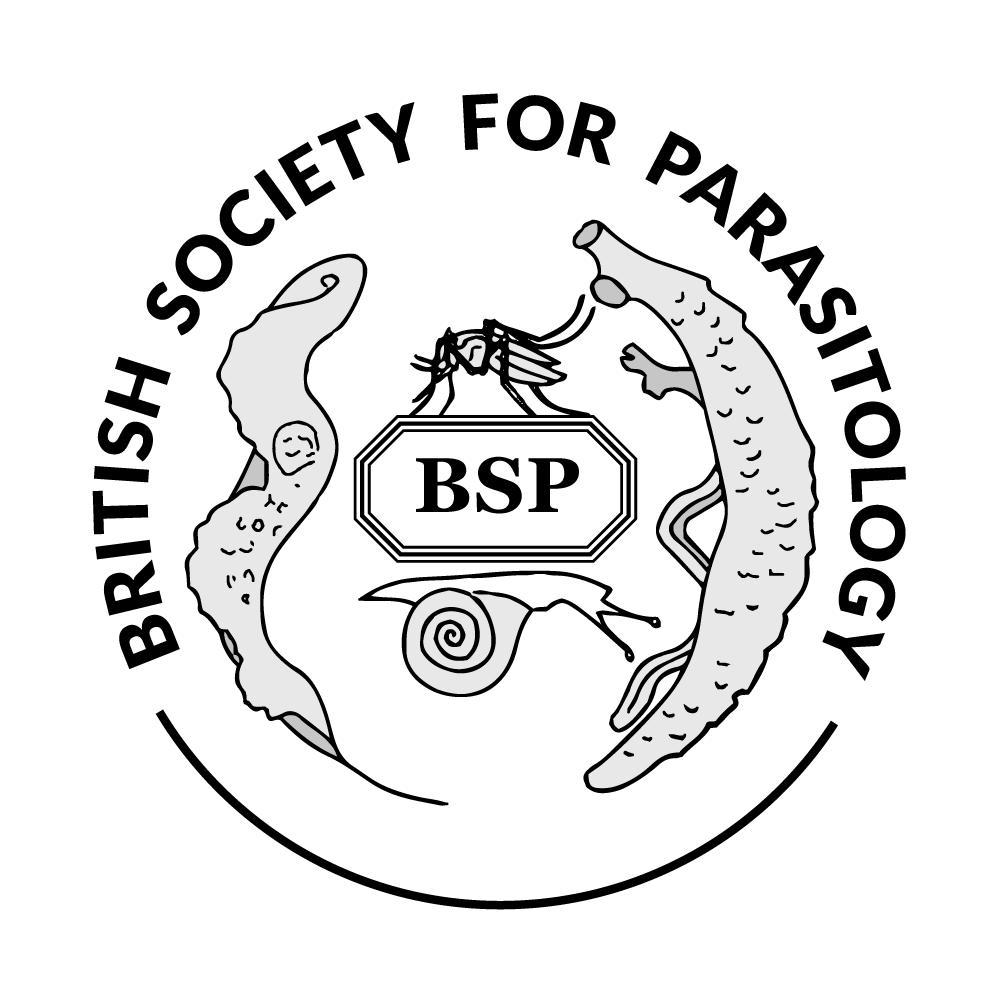Authors
M Rogers1; 1 London School of Hygiene and Tropical Medicine, UKDiscussion
Leishmania rely on their surface and secreted glycans for survival in both sand fly and mammalian hosts. In the sand fly midgut multiplicative promastigotes secrete a gel-like plug formed from secreted proteophsophoglycans. The promastigote secretory gel (PSG) is intimately involved in Leishmania transmission and infection as it can influence sand fly bloodfeeding, resulting in the regurgitation of parasites and facilitate infection – leading to exacerbated disease. Our recent studies explore the complexity of these interactions to understand the biology of the transmission event. In the sand fly vector the PSG interacts with the incoming bloodmeal to enrich the infectious dose for metacyclic promastigotes. To do this, PSG co-opts the components of the host’s sera to differentially allow metacyclic forms to migrate through the PSG for regurgitation into the skin. Shortly following deposition, we show that Leishmania use regurgitated PSG to take advantage of the wound created by the vector bite and the host's need to control excessive collateral tissue damage during the initial pro-inflammatory phase of wound healing. To do this, PSG exaggerates the inflammatory phase of the early wound response to induce IGF1-signalling and IGF1-dependent expression of Arginase 1 in macrophages. As a result, the PSG redirects macrophages to the site of parasite deposition and alters their activation and metabolism to a state which is highly beneficial for parasite survival and multiplication. In this talk I will discuss these results in the context of other recent key findings of Leishmania transmission. 
